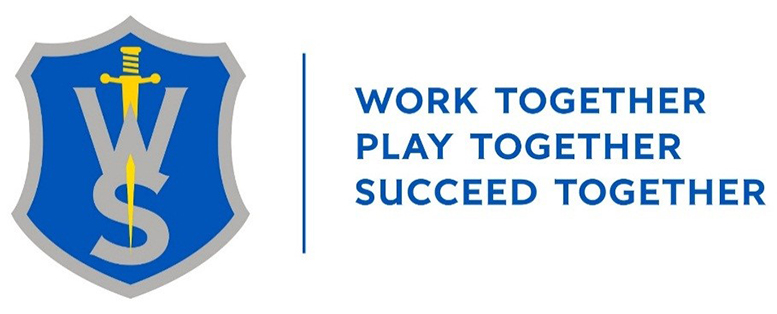Wallacestone Primary is a large school with over 500 pupils and 17 classes across the school. I am one of the Principal Teachers in the school's management team, working predominantly in support for learning. I manage our PEF agenda and work with the rest of the management team to decide how we spend that money to support pupils to close the attainment gap. Within that I’m also working in our nurture base, with a variety of children using different strategies and interventions.
Because we have a Site License, we’re able to use Clicker across the school, and although it hasn’t come from our PEF funding, we are certainly using it as part of our PEF agenda. We’re finding that more children are being identified with dyslexia in school and we want to use Clicker in the class settings so that these children are able to access all parts of the curriculum.
It’s great to be able to quickly differentiate for them, and seeing these children achieve something they never have before, and feeling successful, is just wonderful.
In the last few years we have been looking at developing our approach to teaching writing across the school. We recognised more and more that there were so many children with fantastic ideas who were unable to get them down on paper, whether they had an identification of dyslexia or not. I went on a course and saw that a part of Clicker was the recording function and I thought that would help so many children across the school to generate ideas. I also saw with Clicker, you could create differentiated sentence building activities and thought it would help so many children develop fundamental writing skills in a way that is bespoke to them.
We are very fortunate in our council district that children who have an identification of dyslexia are often being provided with their own netbooks. I have been working alongside a teacher who has been using Clicker with a whole class and it’s absolutely amazing to see how it’s working for them. We’ve embedded Clicker across the school, and not just for reading and writing; digital literacy is a major focus for the school, so we’re also using Clicker on 30 of our iPads.
These children would not have been able to write much by themselves, but with Clicker made colourful leaflets that their classmates were very envious of!
The idea is to link everything together as part of the school’s digital literacy improvement focus and how we can use technology to enhance and support learning. For example, we have two typing clubs in the school with the idea that the children in these clubs will be using iPads and netbooks in school to support their learning. Clicker is certainly something that has had a positive impact on so many children – we’ve even had a number of parents enquiring how Clicker can be used at home!
We’ve already seen success with Clicker. I was working with a small group of children who have been studying the senses in their class and were putting all the information they had learnt into a leaflet. The children could add pictures or take photographs with their iPad to add to the document, and then annotating the images with the information. These are children that previously would not have been able to write much by themselves, but with Clicker were able to make colourful leaflets that their classmates were very envious of!
I have also been creating Sentence Sets in Clicker with groups of children who are finding it very difficult to build sentences. We have had to go back to basics with some children by giving them the sentence in order, with others working at the next level where the words are on screen but not in order so they’re focussing on sequencing and ordering. It’s great to be able to quickly differentiate for them, and seeing these children achieve something they never have before, and feeling successful, is just wonderful.
I have also been working alongside a teacher who has been using Clicker with a whole class and it’s absolutely amazing to see how it’s working for them. We’d love to embed Clicker across the school.
We’ve been using the ready-made curriculum resources that come with Clicker, too, linking it in with our interdisciplinary learning. For example, we have children learning about different cultural festivals at the moment, and the activities are all just there ready for us to use.
Although we’re only at the beginning of our journey with Clicker, and I know that I have a lot to explore with it, there are two things that come to mind straight away as key features for me. The first is the Predictor - as soon as the children start typing there are options for them, giving them that extra bit of support. The second is that you can listen to the words and that it reads sentences back to you when you punctuate a sentence. I’ve seen children listening back and being able to independently self-correct because a sentence didn’t sound right.
I can understand that for teachers who have been teaching for a number of years, the thought of using any kind of technology is daunting, but this is something that is so user-friendly that anyone could begin using it. We have a vision across the school management that this will definitely fit into so I would absolutely recommend Clicker to other schools.

